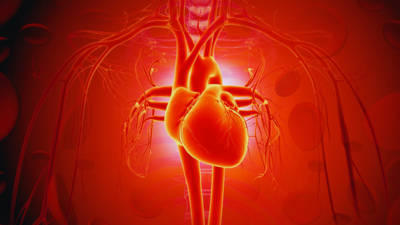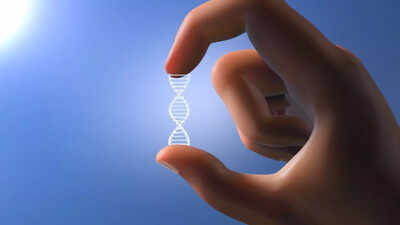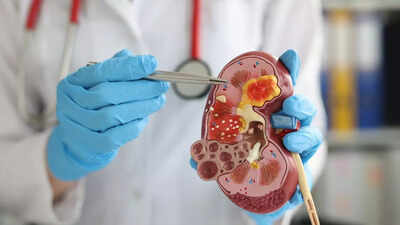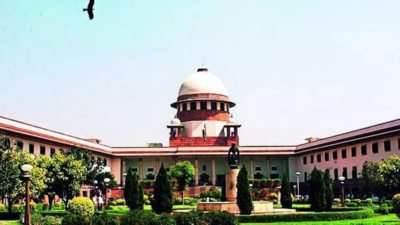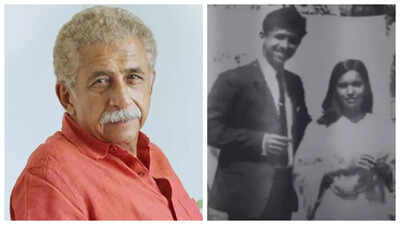
While modern science might have progressed and found ways to cure diseases that once had no cure, Ayurveda comes with uncountable proof, medicines and techniques we are yet to discover. Somewhat similar to this is our legs, which are called a “second heart”, science very proudly calls it the “soleus muscle” but Ayurveda already classifies it as our body’s natural detox system. Surprisingly enough, our legs are not just for walking; it also detoxify our bodies. The body’s true detox pathways start from the ground and not the gut. Read on to know more!
What and where is this “second heart” located?
The calf muscles are sometimes called “our second heart,” especially the soleus muscle. The term second heart is used in a more common popular sense of the term as he description of the calf muscle to pump the venous blood towards the heart. Unlike our other muscles, the soleus muscle does not tire easily, it is constantly working, even when you are standing. Every time we move our legs, especially when we walk on the ground, even a gentle movement, the soleus muscle gets activated, it acts like a pump, pushing blood and lymph fluid back, up to your heart.

Why is the upward pumping action vital:
- It boosts our energy and reduce bodily fatigue
- It supports overall cardiovascular health
- It carries out toxins out of our body
- And prevents blood stagnation in the lower limbs.
What does Ayurveda have to say about this concept?
The blood that runs through our veins determines a lot of things and one of which is our overall health, so basically everything! In ayurveda, good blood circualtion means good health. Ayurveda connects to the concept of “second heart” through “Vyana Vata” which is one of the five subtypes of the Vata Dosha. The vayu (air) circulates all throughout the body, hence it is responsible for circulation and distribution of blood, nutrientts and necessary building blocks that are needed for the formation and maintenance of tissues from one part of the body to the other.The vata dosha however, is divided into five types namely, prana, udana, samana, vyana, apana. Among the sub-type of vata, vyana vayu is responsible for various movements taking place in our body. It performs the function rasa rakta sambahana till death. Vyana vata governs circulation in the body, the flow of energy, blood and lymph throughout the body. It extends through the entire body via different channels (srotas), especially the limbs. In modern science, just like the soleus muscle helps in pumping blood and lymph upward from the legs to the brain and to the whole body, Vyana vata ensures rhythmic and pulsating flow of life force, prana in Ayurveda.
It supports:

- Heartbeat and pulse
- Maintains blood flow to and fro from the extremities
- Muscle movements and joint mobility
- Elimination of cellular waste
- Distribution of nutrients and oxygen
What happens if Vyana vata is disturbed?
If this vata in the body becomes imbalance, the underlying reasons could be excessive stress, sedentary lifestyle and even poor posture and due to all of this blood circulation slows, swelling may occur in legs, detoxification suffersThis is when issues like:
- Cold hands and feet
- Edema
- Brain fog
- Lethargy and heaviness in the legs.
How can you regulate the Vyana vayu

- Walk barefoot on natural surfaces (grass)
- Leg stretches, calf massages, or oiling in the legs
- Yoga poses such as Tadasana, Vrikshasana
- Elevation of legs to assist in balancing vata
